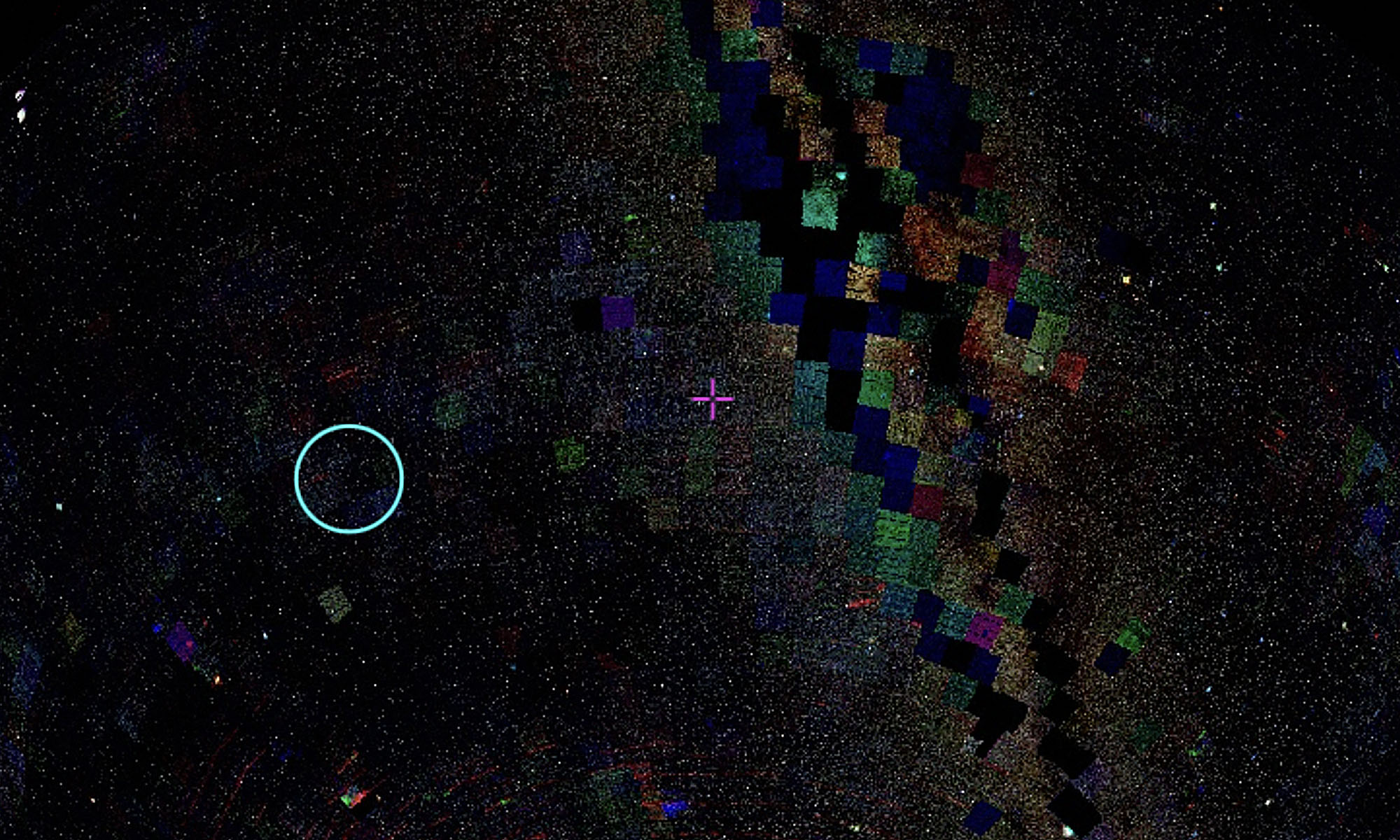This post follows on from my last one about Spectrum as a Natural Resource.
ACMA’s Register for Radiocommunications licences shows the use of different frequency bands across Australia. I’ve been gathering images that show some of the ways spectrum is used and shared.
These are of the main spectrum bands and the areas they are licensed to be used in:
















In sequence:

Quiet Zones
There are many interesting aspects to these maps, one of which is the gaps in spectrum use around radio quiet zones for astronomy research. The Radiocommunications Assignment and Licensing Instructions (RALI) is designed for services that operate within the frequency bands:
-
- 1250 – 1780 MHz
- 2200 – 2550 MHz
- 4350 – 6700 MHz
- 8000 – 9200 MHz
- 16 – 26 GHz
The prescribed zones of CSIRO facilities are at:
-
- Parkes (NSW)
- Narrabri (NSW)
- Coonabarabran (NSW)
- Hobart (Tas)
- Ceduna (SA)
- Tidbinbilla (ACT)
This is Tidbinbilla quiet zone:

And the SKA site in WA:

Viasat and Starlink
I noticed one layer of the maps above that was different to any other, and found that this license is owned by Viasat. It is an Area Wide License (AWL) for fixed satellite services, introduced in 2020.


A sample of the list of licenses held by SpaceX in ACMA’s register:

Starlink licences can be seen on the map for the ground station sites I wrote about in a previous post.

A viewshed “shows line-of-sight visibility between a transmitter and multiple receivers in a given radius and direction.” It is therefore used to determine signal reach and interference.
This is the 30km viewshed for the Starlink ground stations at BullaBulling, WA:

The Grid
Spectrum is divided into a grid system for allocation that uses a ‘hierarchical cell identification scheme’ (HCIS) to define different geographic areas.
The grid is divided into 5 x 5-minute of arc cells (approx. 9km square) Australia-wide. This was updated in 2020 to “allow far greater granularity in the description of areas and, in many cases, the ability to trade smaller areas, particularly in regional Australia.”
Spectrum licences are for geographic areas that are defined by these cells. For areas that need to be broken down into smaller areas, the grid can be subdivided into ‘extensions’, where the cells are first divided into 25 cells of 1 × 1 minutes of arc (approx 1.8 km square), then 12 cells each 20 × 15 seconds of arc (approx 500m square).


Presumably this is what is happening around high-density areas where the spectrum is divided differently around highly-populated areas for greater need of certain frequencies.

Auctions
As I wrote about earlier, Australia uses an auctioning systems to allocate spectrum depending on the specific spectrum characteristics, use, and demand. The results are published on the ACMA website, for example these are the auction results for the 850/900 MHz and 26GHz bands in 2021:



Trading
Spectrum licences for single HCIS cells can be traded as ‘Spectrum trading units’. The standard bandwidth of one STU is 1Hz but it can be combined with another STU vertically to increase bandwidth or horizontal to cover a larger area.

Tectonic plates!
I was fascinated to find that the datum system (a mathematical coordinate system that takes into account the uneven shape of the earth) for the spectrum grid needs to be updated because of tectonic plate movement:
“The need to update arises from the motion of the Australian tectonic plate in a roughly north-north-east direction at approximately 7 cm per year. The coordinate discrepancy between GDA94 and GDA2020 varies from approximately 1.5 m in south-eastern Australia, to approximately 1.8 m in north-western Australia.”
This seems a fitting reminer that our technical systems and standards are built on natural foundations that we need to recalibrate to across time and space.
I could go on relaying random facts like this, but instead I am going to use an antenna that Brad gave me to tune into and hopefully download images from weather satellites as they pass overhead. More on that soon!
